July 2017 Ideas and Innovation
Read the articles selected in July 2017
Even Einstein was dubbed dopey –so what really makes a gifted child?
by Wendy Berliner
Source: The Guardian , 25 July
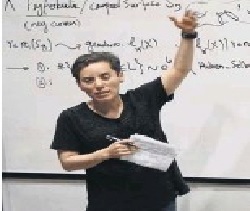
The biographies of great mathematicians and research show that genius is not only innate but also the result of character and hard work. Neuroscience, learning methods and familiar contexts which support high performances shape a notion of intelligence more malleable and less fixed on IQ.
The fight to save thousands of lives with sea-floor sensors
by Alexandra Witze
Source: Nature, 21 June
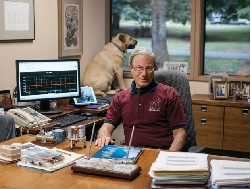
To detect the first signals of giant earthquakes on the North Pacific coast, in the so-called Cascadia subduction zone, researchers are experimenting geodetic sensors put on the sea floor, that register the weight of water and the atmospheric pressure.
Read more:
Landwirtschaft verändert Schädel
by Lars Fischer
Source: Die Welt, 25 July

A study by a team from the University of California, published on the scientific review PNAS, analyzes for the first time in 25 peoples worldwide the skulls modifications happened in the passage to the agriculture and the consumption of dairy products.
Read more:
The American startup growing trees from ashes
by Hazel Sheffield
Source: The Independent, 22 July

A start-up with the head office in Barcelona and the bigger market in the US produce biodegradable urns where ashes, mixed with seeds, grow into into tree or house plant. A way of comfort for a loss, a good idea to replace cemeteries with a forest.
Your brain doesn’t contain memories. It is memories
by Nick Stockton
Source: https://www.wired.com, 19 July
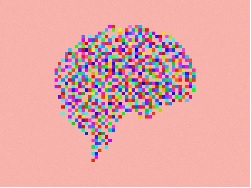
After a study published in Neuron, every experience triggers changes in the molecules of neurons that cause synapses’ connections, activating the plasticity of the brain. Neuroscientists now are trying to understand how is formed memory, so elusive and invisible.
Read more:
https://www.wired.com/story/your-brain-is-memories/
Quand l’ADN se transforme en disque dur
by Cyrille Vanlerberghe
Source: Le Figaro, 14 July
After the storage of information in ADN in vitro, now researchers at Harvard have incorporated the data of an image, translated in the basic ADN letters, in the genome of living bacteria. This still embryonic technique will allow to store enormous piles of information.
Scènes de crime
by Sandrine Cabut & Nathaniel Herzberg
Source: Le Monde, 19 July
New softwares are helping investigative authorities in voluminous and complex inquiries, ensuring to track contradictions or concordant evidence and to relate distant facts. It will be easier to avoid shelving.
Vaccines promoted as key to stamping out drug-resistant microbes
by Alison Abbot
Source: Nature, 19 July

Vaccines should be used as a general strategy against antimicrobial resistance. While drug companies are trying to develop new antibiotics, several studies show how, preventing infections from arising, vaccines slow the rise of drug-resistant pathogens. Even viral vaccines avoid opportunistic bacterial infections.
Read more:
http://www.nature.com/news/vaccines-promoted-as-key-to-stamping-out-drug-resistant-microbes-1.22324
Computer chip mimics human brain, with light beams for neurons
by Matthew Hutson
Source: Science, 20 June
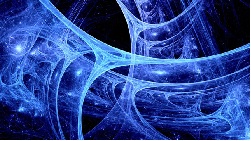
Engineers have created a neural network based on light waves. It’s a system of optical computation that instead of electrical transistors uses beams of light that mimic neurons and pass through silicon, low-cost computer chips to perform a lot of functions many times faster and more efficiently.
Read more:
http://www.sciencemag.org/news/2017/06/computer-chip-mimics-human-brain-light-beams-neurons
AI, people, and society
by Eric Horvitz
Source: Science, 7 July
AI is a scientific issue by now one –half century old. From its creation, AI has raised fantascientific, as well legal and ethical concerns regarding decisions made by machines. Intellectual curiosity and collaboration, wisdom, and not ignorance, is the solution to AI dangers.
Read more:
http://science.sciencemag.org/content/357/6346/7.full
AI and “enormous data” could make tech giants harder to topple
by Tom Simonite
Source: Wired, 13 July
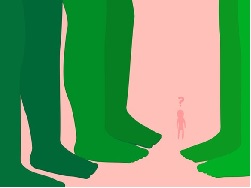
An experiment has shown that enormous volumes of data used in machine learning make image recognition more accurate. In the competition with tech giants, data-poor companies have just to be creative and occupy sectors outside the usual purview of artificial intelligence giants.
Read more:
https://www.wired.com/story/ai-and-enormous-data-could-make-tech-giants-harder-to-topple/
Rise in robots is putting social mobility at risk
by May Bulman
Source: The Independent, 11 July
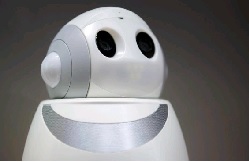
The social mobility is likely to be set back as automation makes the labor market more volatile. Those from lower socio-economic backgrounds are likely to be disadvantaged, as they have fewer opportunities to invest in reskilling and are less equipped with confidence and communication skills.
The scientist’s apprentice
by Tim Appenzeller
Source: Science, 7 July
AI hasn’t just transformed our life: it is transforming science, since it is used to reconstruct and make sense of the overwhelming flood of big data in the form of artificial neural networks. But these systems are a black box, the computations are hidden. Understanding the artificial thought is an urgent question.
Read more:
http://science.sciencemag.org/content/357/6346/16/tab-pdf
L’ordinateur quantique révolutionne l’informatique
by David Larousserie
Source: Le Monde, 5 July
In the wait for the first universal quantic machine, computers simulating the quantic behavior are being already sold. The qubit’s superposition of 0 and 1 isn’t just opening enormous and creative computational capacities, but it allows to study the matter, as ruled by the quantic physics.
Artificial intelligence better than scientists at choosing successful IVF embryos
by Jane Kirby
Source: The Independent, 5 July
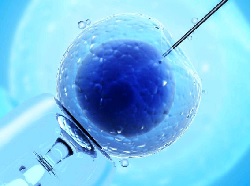
Researchers are experimenting a technique that has trained AI to recognize in images the characteristics of embryos that are more likely to develop an healthy baby.The technology is not invasive to the embryo and can scan details impossible to see for the human eye.
A neurographer puts the art in artificial intelligence
by Tom Simonite
Source: Wired, 6 July
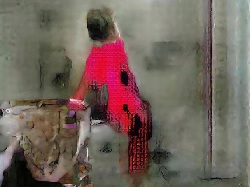
Artificial intelligence today is also used for making art on the base of image recognition that can dive in thousands of years of history, for example combining old portraits with selfies. Whether this is art, may be not a big problem.
Read more:
https://www.wired.com/story/neurographer-puts-the-art-in-artificial-intelligence/
World’s brightest –ever light has power of a billion suns
by Ian Johnston
Source: The Independent, 27 June
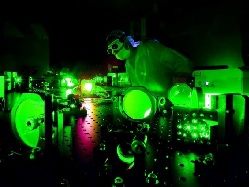
A light made in the laboratory, a billion times stronger than the solar shining, could be used to take three-dimensional images in nanoscopic scale, useful to find microscopic tumors and to film moving electrons or chemical reactions.
Cancer research’s reproducibility problem faces a second test
by Megan Molteni
Source: Wired, 27 June

The Center for Open Science’s reproducibility project intends to replicate the 29 most important cancer experiments of the last few years. Rerunning notable experiments solidifies research and opens new questions, helping to share data and motivating investments in new drugs and treatments.
Read more:
https://www.wired.com/story/cancer-researchs-reproducibility-problem-faces-a-second-test/
Info
- Pubblicato il : 19/12/2017 Modificato il : 04/04/2019

